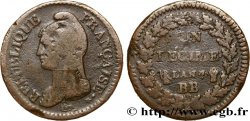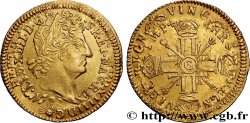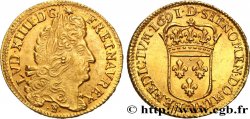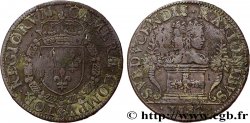недоступный.
Товар уже продан в нашем интернет-магазине (2012)
Цена: : 45.00 €
Товар уже продан в нашем интернет-магазине (2012)
Цена: : 45.00 €
Тип Campagne d'Italie
Дата: 1796
Металл: brass
Диаметр: 32 mm
Ориентация осей монеты: 12 h.
Век: lisse
Редкость: R1
Ссылки в каталоге: :
Лицевая сторона
Аверс: легенда: BUONOPARTE GENERAL EN CHEF DE LA BRAVE ARMEE DITALLIE (SIC).
Аверс: описание: Buste en habit brodé, à droite.
Обратная сторона
Реверс: легенда: VOILA SOLDATS VALEUREUX LE FRUIT DE VOS TRAVAUX ; À L'EXERGUE : 1796.
Реверс: Описание: Minerve assise à gauche sur un trophée d'armes, tenant de la main droite une branche de laurier, appuyé sur un bouclier orné.
Комментарий
Bonaparte, d'après le premier dictionnaire Larousse, est un général corse né le 15 août 1769 et mort à Saint-Cloud le 9 novembre 1799. Il termine la notule par "Pour le reste, voir au tyran Napoléon". Dictionnaire politiquement correct s'il en fut! Bonaparte, est nommé général en chef de l'armée d'Italie, ce que rappelle ce jeton qui exalte les vertus des soldats qui servaient avec lui. Le portrait est très interessant et objectivement le premier de la série qui se termine avec la 2 F 1815.
Bonaparte, according to the first Larousse dictionary, was a Corsican general born on August 15, 1769 and died in Saint-Cloud on November 9, 1799. He ends the note with \\\"For the rest, see the tyrant Napoleon.\\\" A politically correct dictionary if ever there was one! Bonaparte was appointed general-in-chief of the Army of Italy, which is recalled by this token which exalts the virtues of the soldiers who served with him. The portrait is very interesting and objectively the first in the series which ends with the 2 F 1815
Bonaparte, according to the first Larousse dictionary, was a Corsican general born on August 15, 1769 and died in Saint-Cloud on November 9, 1799. He ends the note with \\\"For the rest, see the tyrant Napoleon.\\\" A politically correct dictionary if ever there was one! Bonaparte was appointed general-in-chief of the Army of Italy, which is recalled by this token which exalts the virtues of the soldiers who served with him. The portrait is very interesting and objectively the first in the series which ends with the 2 F 1815







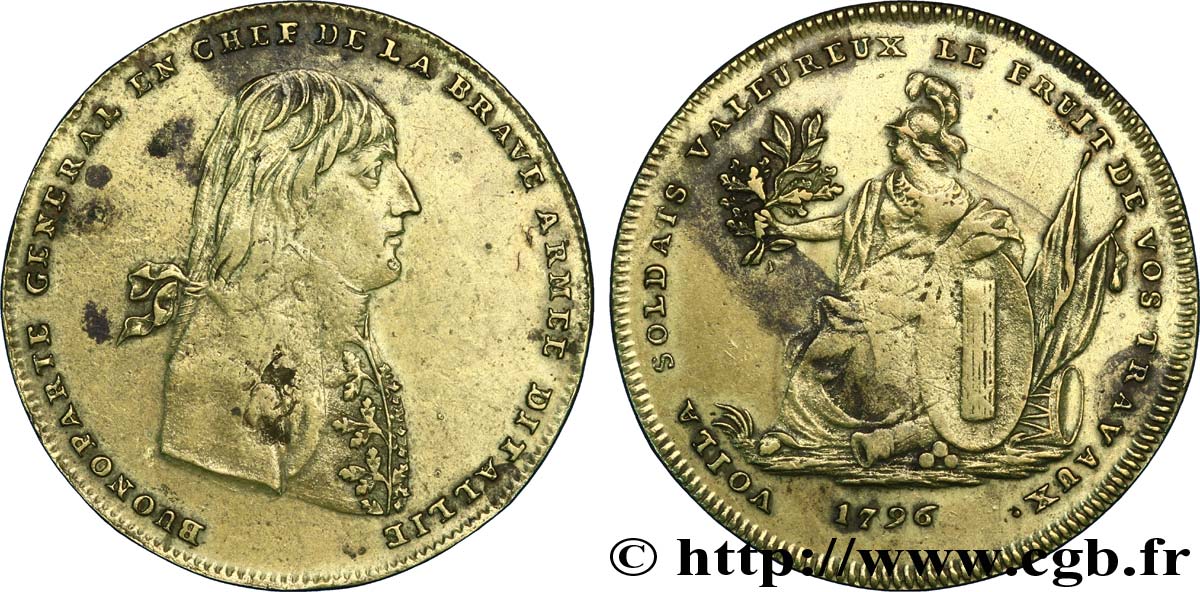
 Cообщить об ошибке
Cообщить об ошибке Распечатать страницу
Распечатать страницу Отправить мой выбор
Отправить мой выбор Задать вопрос
Задать вопрос Consign / sell
Consign / sell
 Информация
Информация

